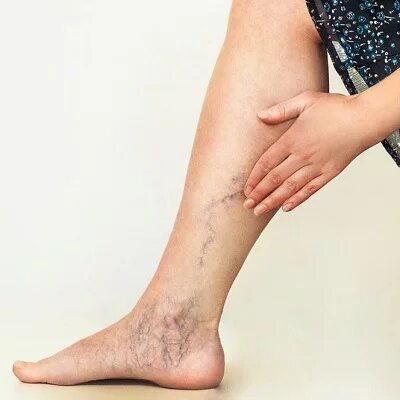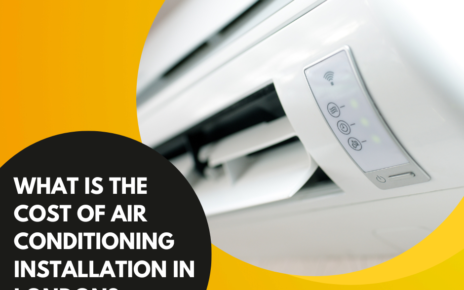In the realm of healthcare, there is a growing trend towards self-administered treatments and DIY solutions. One area that has garnered attention is sclerotherapy, a medical procedure commonly used to treat varicose and spider veins. Sclerotherapy in Abu Dhabi involves injecting a solution directly into the affected veins, causing them to collapse and eventually fade away. While it is a proven and effective medical procedure when performed by qualified healthcare professionals, the question arises: Is DIY sclerotherapy a viable option, or is it a dangerous fiction?
The Basics of Sclerotherapy
Before delving into the prospect of DIY sclerotherapy, it’s crucial to understand the fundamentals of the procedure. Sclerotherapy has been a standard treatment for varicose and spider veins for decades. During the procedure, a sclerosing agent, often in the form of a liquid or foam, is injected into the targeted veins using a fine needle. This solution irritates the vein walls, causing them to stick together and close off. Over time, the body naturally absorbs the sealed veins, leading to improved blood circulation and a reduction in the appearance of visible veins.
The effectiveness of sclerotherapy is well-established, and it is typically administered by healthcare professionals in a controlled clinical setting. However, the idea of performing this procedure at home has gained traction, thanks in part to the accessibility of sclerosing agents online and the desire for a DIY approach to medical issues.
The Risks of DIY Sclerotherapy
While the allure of a DIY solution may be tempting for some, it is essential to recognize the inherent risks associated with self-administered medical procedures. Sclerotherapy, when performed incorrectly, can lead to severe complications and adverse effects.
- Infection and Allergic Reactions: The injection process carries a risk of infection, especially if proper sterilization procedures are not followed. Additionally, individuals may have allergic reactions to the sclerosing agent, which can result in swelling, itching, and other complications.
- Unintended Damage: Accurate injection placement is critical in sclerotherapy to avoid unintended damage to surrounding tissues. DIY attempts may result in misplaced injections, leading to tissue necrosis or other severe consequences.
- Incomplete Treatment: Achieving optimal results with sclerotherapy requires a thorough understanding of the venous system. DIY practitioners may lack the knowledge to identify and treat all affected veins, resulting in incomplete treatment and subpar outcomes.
- Blood Clot Formation: Improper injection techniques can lead to the formation of blood clots, posing a risk of deep vein thrombosis (DVT) or other cardiovascular complications.
Legal and Ethical Considerations
Beyond the medical risks, there are legal and ethical considerations associated with DIY sclerotherapy. In many jurisdictions, the administration of medical treatments by non-professionals is strictly regulated. Performing sclerotherapy without proper training and certification can lead to legal consequences, including fines and potential imprisonment.
Additionally, the ethical dimension of DIY sclerotherapy cannot be overlooked. Healthcare professionals undergo extensive training to ensure the safety and well-being of patients. Attempting medical procedures without the necessary expertise raises ethical concerns, as it may compromise patient safety and the standards of care upheld by the medical community.
The Importance of Professional Guidance
Rather than opting for a DIY approach, individuals seeking sclerotherapy should prioritize consultation with qualified healthcare professionals. A licensed and experienced healthcare provider can assess the specific condition, determine the most appropriate treatment plan, and administer sclerotherapy in a safe and controlled environment.
Professional guidance ensures:
- Accurate Diagnosis: Healthcare professionals can accurately diagnose the extent of venous issues and tailor the treatment plan accordingly.
- Proper Injection Technique: Trained professionals understand the intricacies of vein anatomy, minimizing the risk of complications associated with misplaced injections.
- Monitoring and Follow-Up: After the procedure, healthcare providers can monitor patients for potential complications and provide necessary follow-up care to optimize results.
- Access to Specialized Equipment: Medical facilities are equipped with specialized tools and equipment necessary for the safe administration of sclerotherapy.
Alternatives to DIY Sclerotherapy
For individuals seeking alternatives to traditional sclerotherapy performed in a clinical setting, various minimally invasive treatments are available. Laser therapy, radiofrequency ablation, and ambulatory phlebectomy are examples of alternative procedures that address venous issues without the need for DIY intervention.
These alternatives are typically performed by trained professionals and offer effective solutions with lower associated risks compared to self-administered procedures.
Conclusion
While the idea of DIY sclerotherapy may be fueled by the desire for cost-effective solutions and convenience, the risks and potential consequences far outweigh any perceived benefits. Sclerotherapy is a medical procedure that requires expertise, precision, and a comprehensive understanding of vascular anatomy.
Individuals experiencing varicose or spider veins should prioritize their health and safety by seeking professional medical advice. Qualified healthcare professionals can provide accurate diagnoses, recommend appropriate treatments, and ensure that procedures are conducted with the utmost care and expertise.
In the world of medical treatments, DIY interventions often blur the line between fact and fiction. When it comes to sclerotherapy, the facts overwhelmingly support entrusting this procedure to the capable hands of trained healthcare professionals rather than attempting a potentially hazardous DIY approach.




